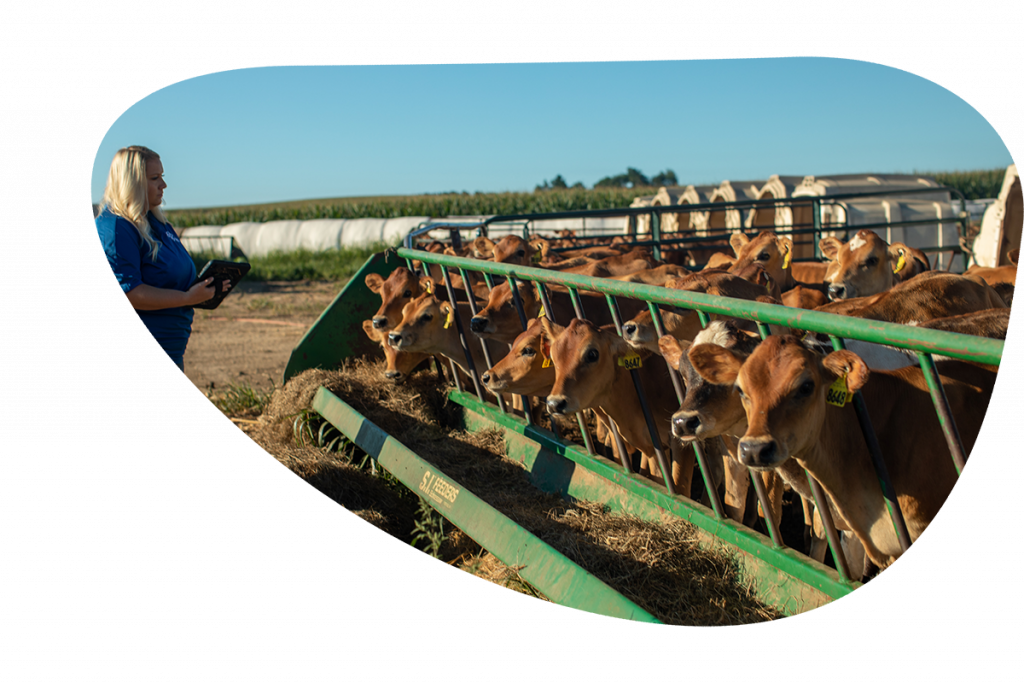Dairy record keeping should start at birth
It’s a great feeling when you look ahead to calving cow and heifer inventories, and realize you have an opportunity to market some springing heifers (even better when the cattle market is high!).
Working through your farm data, you select the springers you feel will make the best sale – maybe it’s your bottom end genetics, or simply a group with tight due dates. The excitement and smile on your face when you open the check from the sale barn quickly fades – you didn’t even make the average sale price. Your heifers actually bottomed the sale, and their weights were light for their age. What went wrong?!
Why record keeping is key
Unfortunately for this farmer, when working backwards on deciding which springers to sell, there was a lot of opportunity for things to go wrong. Without good record keeping from the start, there’s no way of knowing if these heifers were underfed at some stage of growth, or if they experienced disease challenges. We can spend a lot of money on a quick fix – like increasing energy to cattle in the breeding pen – but without knowing the source of the problem we could be wasting a lot of time and money.
For long-term success and to avoid a situation like above, follow these record keeping tips from VAS’ education team:
Track calfhood diseases
Recording calfhood diseases should be one of the first things done to optimize success. Go one step further and record Serum Total Protein (STP) levels if testing blood on calves. This will help answer whether or not that calf was set up for growth and performance with passive transfer. From there, record scour and pneumonia events – this will help troubleshoot batches of poorly performing heifers or individual animals who aren’t keeping up with their peers.
Quick analysis, such as running the EVENTS table in DairyComp, is made easier with good data entry – spot correlations between an increased amount of respiratory diseases and environmental factors like overcrowding, seasonality or personnel changes.

Record bodyweights
Recording bodyweight and height is another important tracking measure. Birthweight and weaning weight are the most talked about and easiest to measure. However, periodically weighing calves at breeding age (goal being 55% of mature weight) and calving (goal being 85% of mature weight) can help catch when animals have deviated from the target before you’re left scratching your head at low peaks in first lactation animals.
Start early
Building your heifer database from the very beginning makes troubleshooting simpler. Without that data, you risk spending more time and money determining the source of the problem.
If you can review records and determine that there was passive transfer, low prevalence of calfhood diseases, and calves’ weaning weights were on target, suddenly the troubleshooting window is limited to what happened post-weaning and pre-breeding versus 13 months of unknowns.
Periodically review your data to make sure your management programs are hitting your targets and goals.
Take advantage of DairyComp
The setup of your herd management software can make or break the data recording process. Leverage the full power of DairyComp and consider utilizing DairyComp on Mobile. This allows for convenient, on-the-fly recording of calfhood disease incidence.
There are a few special items required for tracking weights and rate of gain – if BWT, ADG and ADGI items are not set up, simply text, call or email VAS’ Support Team to get DairyComp ready for recording and analysis. Time spent on setup and data input pays back dividends in troubleshooting!
